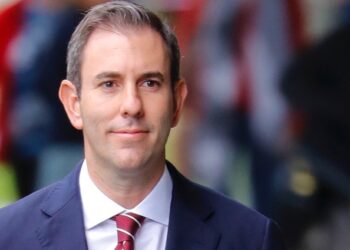The Federal Government should address inefficiencies in the Australian superannuation system before moving to lift the level of the superannuation guarantee, according to a joint submission by the Australian Institute of Superannuation Trustees and the Industry Super Network.
The submission, to the Henry Review of taxation, argues that while there is a case for increasing the super guarantee from the existing 9 per cent to 12 per cent, it was recognised that the global financial crisis had put the brakes on such an increase.
The two organisations suggested that more immediate gains could be achieved for retirement incomes by addressing system inefficiencies such as sales commissions, high fees and underperformance.
It said this could be achieved at the same time as increasing equity through more progressive taxation arrangements.
However, the joint submission also calls on the Government to deliver a more explicit definition of adequate retirement income and has reopened the debate on removing the 15 per cent contributions tax, which it said confers no benefit and can even be detrimental for those on low incomes and low marginal tax rates.
The chief executive of the AIST, Fiona Reynolds, said low income earners, the self-employed and many women – who took longer career breaks than men – were unfairly treated under the current system, which is heavily skewed in favour of high income earners.




